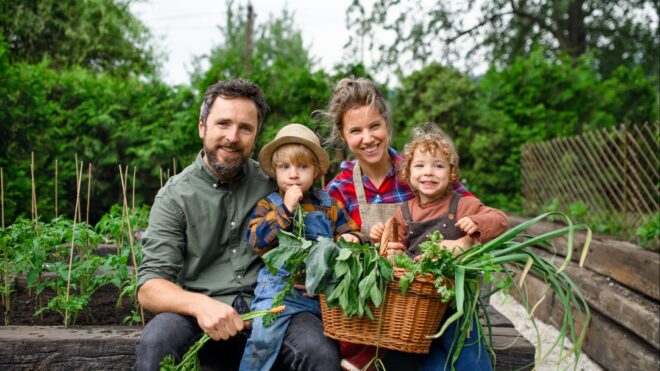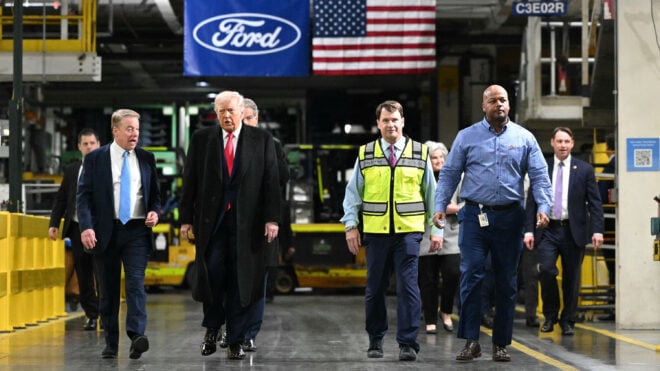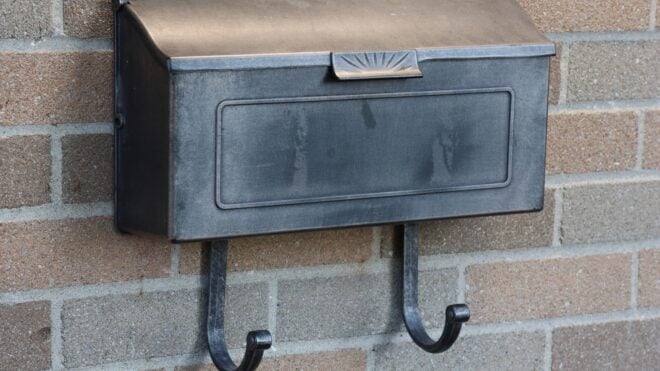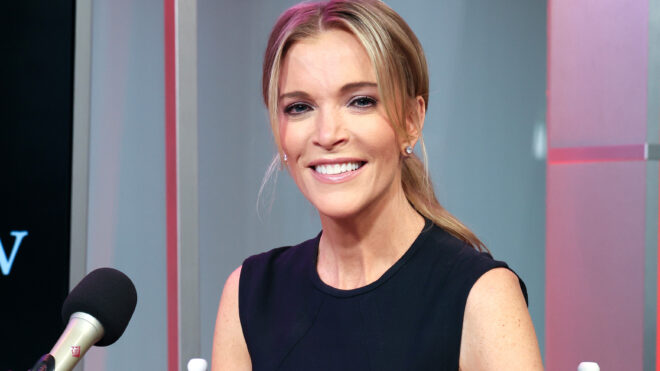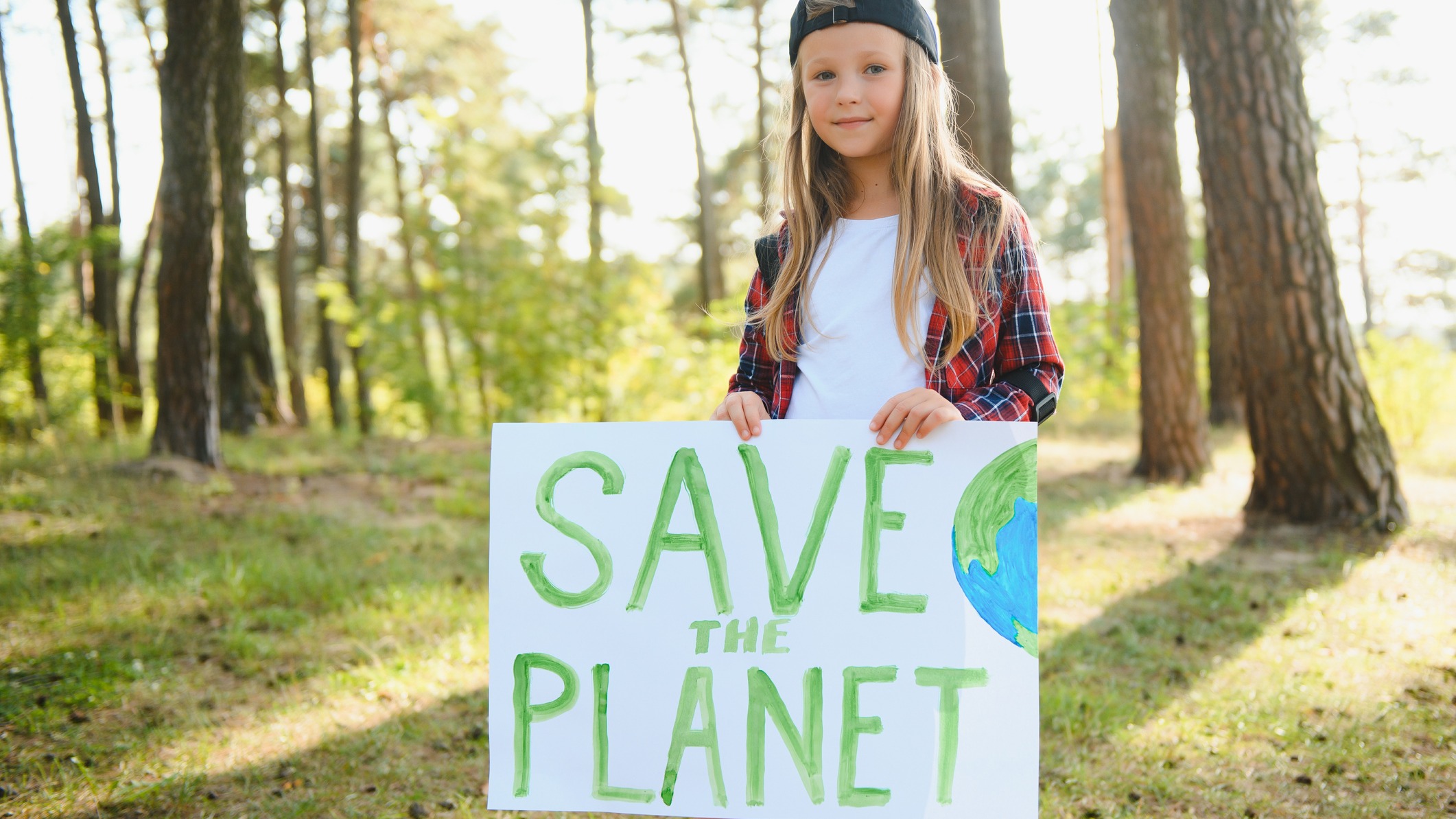
In the wake of recent alarming climate reports, such as the recent deadly heat waves in Niger, Mali, and Burkina Faso, and the increasing forest fires across the US, the climate crisis is worse than ever. No one likes to be bombarded with bad news every day, bad news that reportedly only stands to get worse, but it’s a reality we need to face.
Sadly, it’s our children who will have to face those consequences way more than we will, so they need to be prepared. That being said, scaring them can do more harm than good, and cause them to stray from learning more about the crisis for the sake of their peace of mind. But how do we prepare them while keeping their mental health intact?
Explaining the scary concept of the climate crisis to your kids is no easy feat, but with care, respect, a focus on solutions, and positivity, we can help raise the next generation to want to protect our futures. Here are a few things to keep in mind while having those conversations.
Don’t underestimate their moral intelligence.
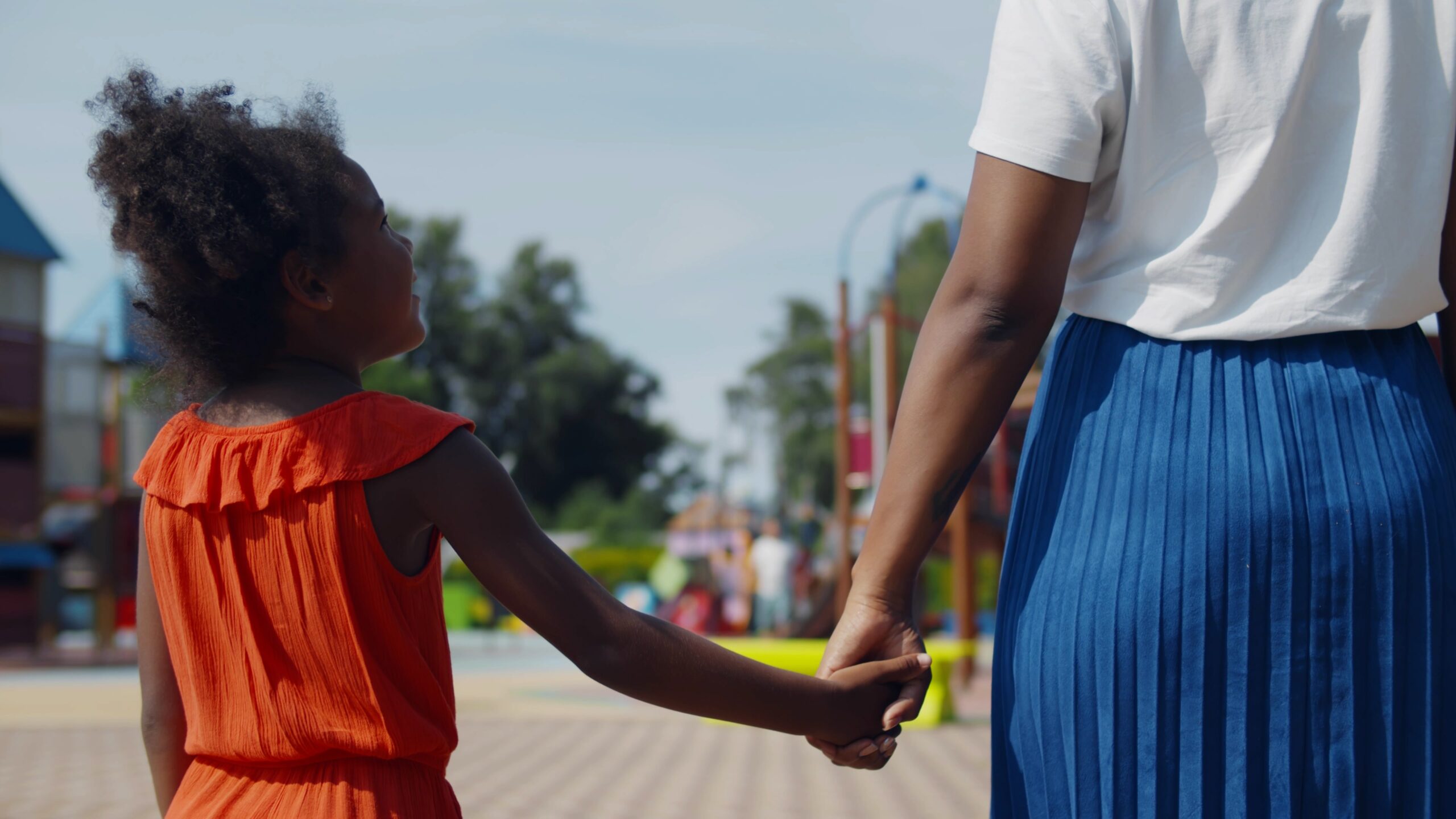
Before you even begin to explain the facts to your child, you need to respect their ability to understand it all. And not just the facts, but the causes and the consequences too. Society tends to keep a lot of important information out of reach of children in fear (or prejudice) that they won’t understand. Whether it’s the environment, gender, race, romantic orientations, safe sex, war, mental health, and other real aspects of life, children will only understand what they are taught, and they’ll fear what they aren’t taught.
Unfortunately, it turns out that around two-thirds of children are taught about climate change incorrectly. This could be for many reasons: because the teachers themselves were not correctly taught about the issue, lack of funding and resources, or political ideologies being taught instead of fact (i.e. climate change is caused by supposed “natural causes,” rather than pollution caused by capitalism), and of course, not teaching it at all. That being said, it’s still important to be sensitive about it all, use age-appropriate language, and welcome their questions. Trust your children — they're smarter than society gives them credit for.
Start with basic science.
Just like with any topic to be learned, you need to start with the objective facts. Any nuance, complex details, solutions, and other aspects that make up the topic won’t really mean anything to our children until they know the basics. Because let’s face it, they won’t learn their multiplication tables until they know how to count in the first place.
Unfortunately, one of the reasons why a lot of children, both younger and teens, don’t understand climate change is that many of us don’t fully understand it ourselves. Even the most well-meaning and environmentalist parents can have gaps of knowledge here and there, so brushing up on the basics as well as the latest updates will make answering those questions a lot easier.
In the simplest terms, climate change, otherwise known as global warming, is the process of our planet heating up. This process is unnatural and is slowly making the planet difficult to live on. It causes extreme weather changes that can be dangerous, such as severe storms and heat waves, can increase the likelihood of flooding, and more. But it’s not just the weather that is changing, but the structure of the planet itself.
Global warming is causing ice caps to melt, and sea levels to rise, causing wildlife to lose their habitats and lives. These changes are made primarily from the overuse of fossil fuels, a nonrenewable energy source that is causing great damage to the planet by way of pollution. Deforestation is also another huge factor, as trees are responsible for around 28% of the planet’s oxygen production. Similarly, a whopping 50% of this oxygen comes from the coral reefs, which we’re also slowly destroying thanks to how much plastic is dumped into the ocean, never to deteriorate.
So all in all, the world’s use of fossil fuels, inability to get rid of waste, and huge levels of pollution are poisoning the planet. There are tons of resources online made for children’s understanding of these concepts, but you’ll know how to explain it all to your child based on their age, emotional response, and education level.
Connect it to their interests.
Kids — and people in general — learn better when the material is connected in some way to their personal interests. Whether it’s a storybook about our impact on the planet, a video game about surviving the crisis, or a movie about renewable energy, explaining climate change and what we can do about it needn’t be boring, scary, or difficult to understand. There’s not a medium of art out there that doesn’t talk about the crisis in some way — music, poetry, animation, theater, TV shows, comic books, beauty, and fashion all have their own protest art, so finding something that resonates with your child will be a lot easier than you’d think.
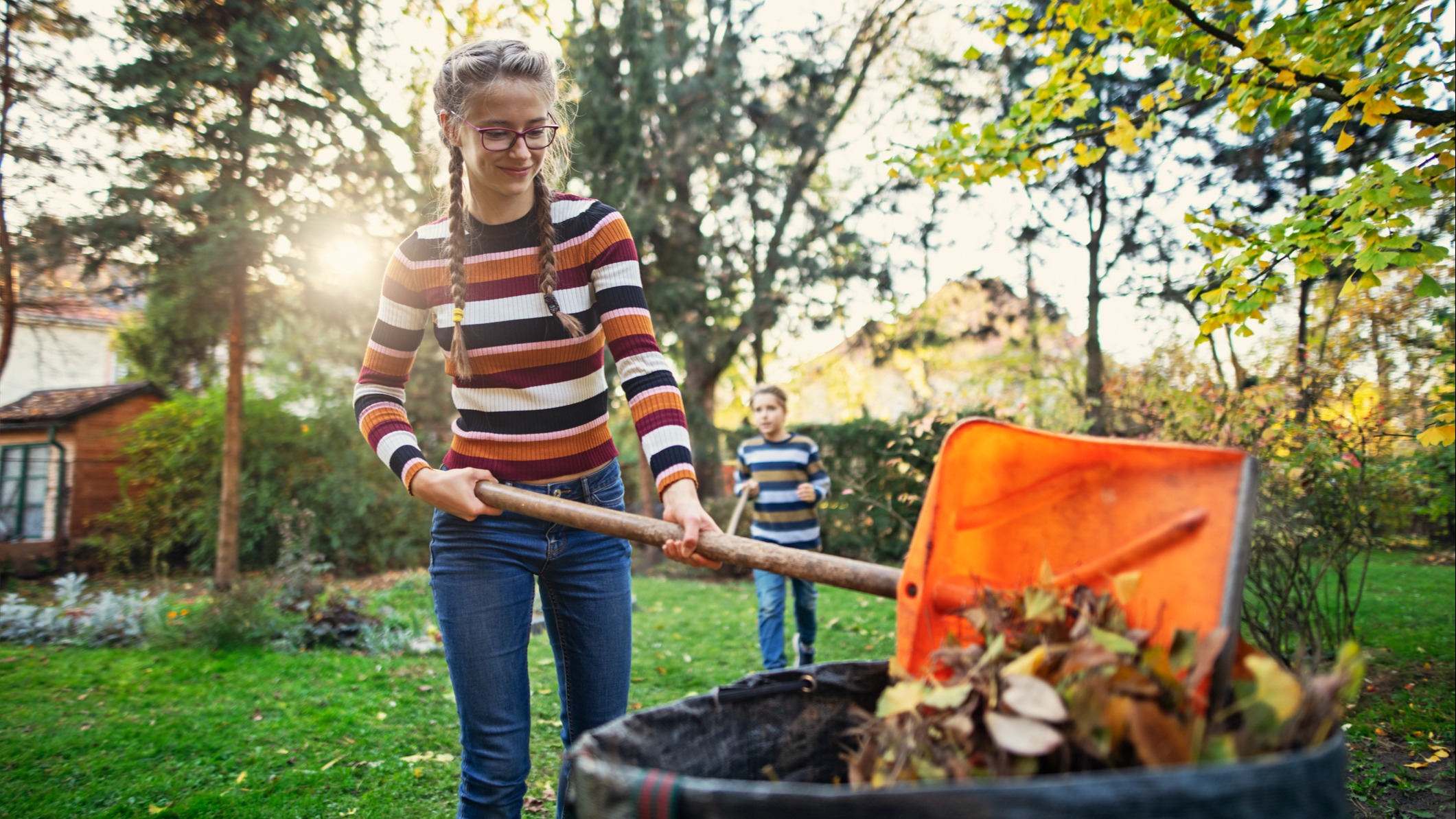
That’s in terms of finding a medium in which to teach your kid, though it’s also important to delicately explain that without a healthy planet, some of their interests will become extinct, essentially. Their favorite toys won’t exist if we run out of the resources used to make them, their favorite theme parks will be uninhabitable in the ever-increasing heat, and their favorite animals will be at risk — t’s depressing, but it’s true. Give them something to fight for.
Tie reassurance to solutions.
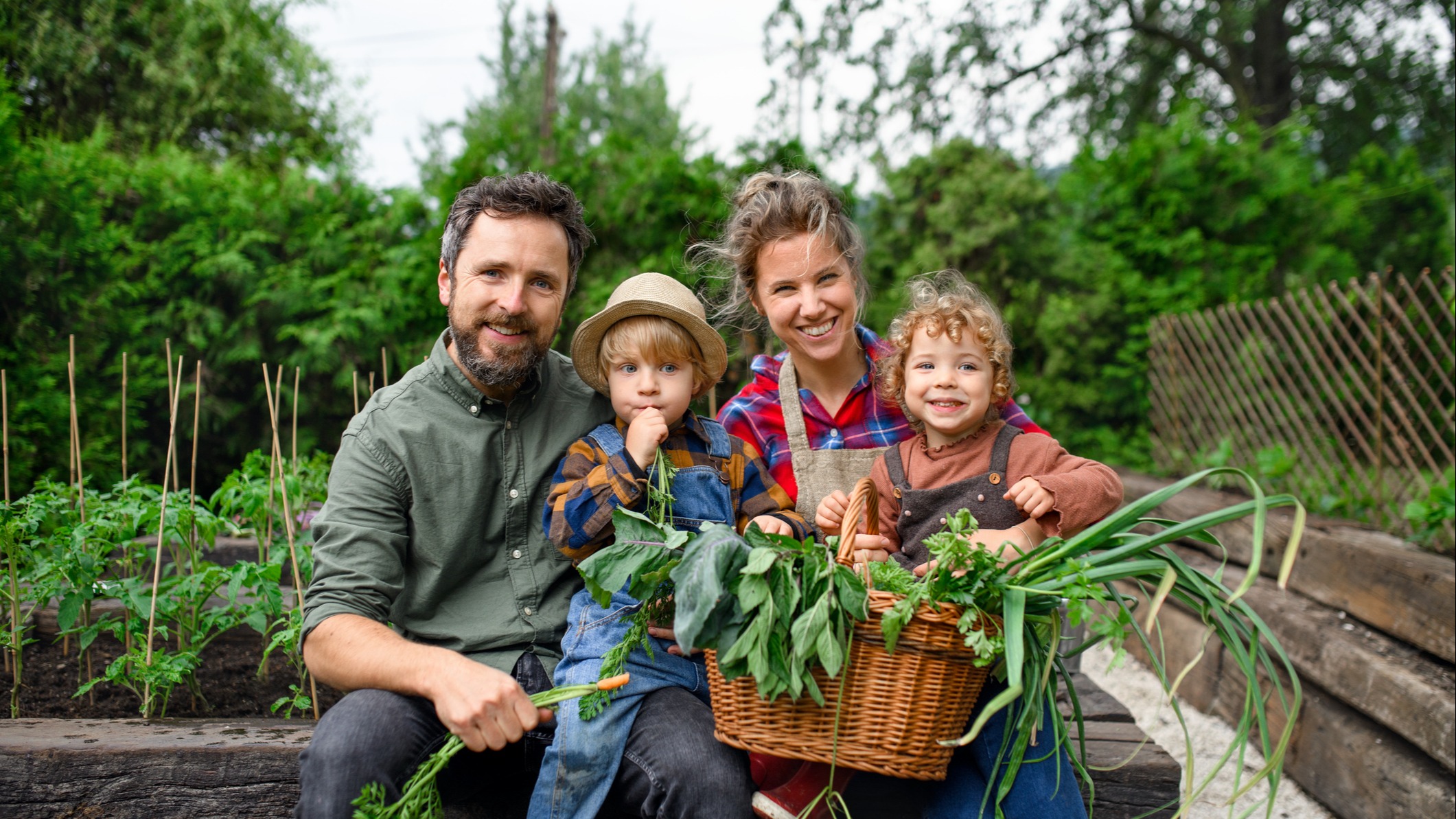
Sadly, reassurance doesn’t mean much if we’re not really doing anything to change the situation at hand. That’s not to say put pressure on your child to fix the situation — quite the contrary, it’s big corporations that need to stand up — but that reassurance should be tied to the increasing change that kids and adults like them are making.
“Don’t worry, nothing bad will happen,” is a cruel lie, whereas, “Don’t worry, the more people who recycle and planet trees, the less we have to worry about it.” Teach them that we can’t forget about the problem of climate change, without making it a constant fear in their daily lives. This is easier to do when we discover there are positive steps being made in the world, so following news outlets and social media pages that post "happy environmental news" is vital in keeping spirits high.
Point them towards climate change action groups in your area.
This goes back to tying the learning to their interests, as most climate clubs are full of fun games, crafts, days out, and social gatherings. You can help set up a club in your child’s school, or even at home with their own social circles, by hosting a weekly meeting. During each meeting, the kids can upcycle and recycle everyday items, plant seedlings and vegetables, and other fun and eco-friendly activities.
It’s also a good place to learn how to contact their local politicians for change and create/attend marches. The latter is difficult, as marches tend to attract opposition to the cause at hand, so it’s not the best move for young children, however, it’s up to you and your child how public-facing you want your club to be. Most organizations out there have safety tips on how to conduct a march, and you can always march on your child's behalf. There are also more official organizations your kid can join, such as Acespace, One Planet One Future, and Sunrise Movement. No matter how they do it, they can do it in a fun and safe way.



